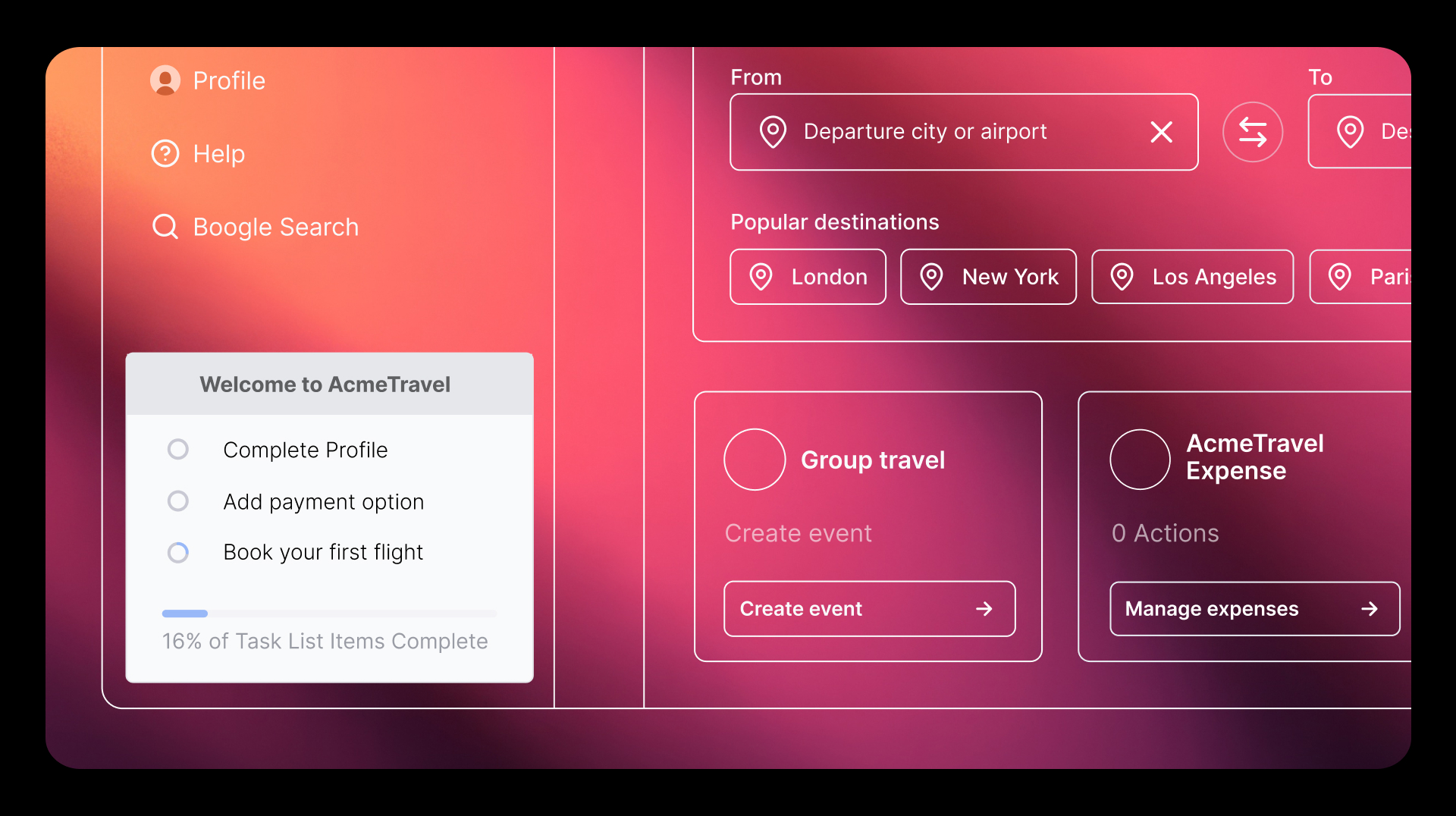Congratulations on entering the next phase of your product management journey. Whether this is your first PM job or you’ve been in the field for a decade, it’s important to get off to a strong start in your new role. Over my own seven-plus years in the product management industry, I’ve started my fair share of new jobs and seen a number of product professionals move in and out of roles. In this article, I’ll share six things you must do in the first 30 days as a new PM, wherever you work and whatever your senior level.
No. 1: Figure out your KPI(s) and responsibilities
A product manager’s job is to help the company achieve its top-line metrics and continue growing. To do that, you need to figure out why exactly you were brought on board. So, have a deep conversation with your leader on the job scope and his or her expectations. For example, if your responsibilities are centered around monetization, your job is to increase revenue. If you’re tasked with improving retention, your job is to your product as “sticky” as possible. Before making any plans, be sure to specify the relevant KPI(s) and responsibilities. This will save you a lot of time and effort in the long run.
No. 2: Research your product and analyze competitors
A product manager needs to understand the business model, product strategy and features, key data metrics (especially user demographics — you must know who you are designing the product for), etc. This information will drive the tasks you’ll be expected to complete. Take product stage, for example. If your product is mature, you might run lots of A/B experiments for optimization. However, if it’s in the research and development phase, you might be implementing new features looking for product-market fit.
This might be hard to believe, but a majority of PMs are not familiar with the product they manage. To verify if you fully understand the product you’re working on, ask yourself a few questions. What is the product’s core functionality (e.g. social, utility, e-commerce, etc.)? What is the current stage of the product (research and development, growth, maturity, or decline)? Is the target audience a business or consumers? Where and why is the product finding product-market fit? What are the criteria for product success?
In addition, you must analyze the competition to come up with an effective product strategy. For example, you should look at your competitors’ user growth strategy in different regions and identify the key features that contribute to their user base. What is the difference between yours and theirs?
No. 3: Understand the technical capabilities of your company
Whether a specific requirement can be implemented greatly depends on a company’s technical capabilities. Let’s say you’re working on a photo editor app, for example, and your company has an in-house computer vision laboratory. That means it’s more feasible to develop new photo editing features, as you have access to the key resources. If instead, you are implementing a third-party SDK within your app for editing features, chance sare you might find it arduous in terms of both costs and scheduling to implement editing features.
Whether the product is an e-commerce or a utility app, having a deep understanding of what your company is capable of is very important. It will have a profound influence on product strategy and design, as well as your ways of thinking.
No. 4: Get familiar with the tech stack
A PM must quickly get familiar with the tools his or her new team uses for product design, project management, and data analysis. For example, you should ask whether your company uses its own data platform or a third-party one (e.g. Firebase Analytics, Flurry, Facebook Analytics). This makes a big difference. Given the industry generally cannot tolerate requirements that are not data-driven (for a product that’s growing stably), a product manager must be able to access data platforms to identify issues within the product, make assumptions, design possible solutions, and run A/B experiments to verify. Do you need to use SQL or can the platform extract the data you need without it? Basically, you should get used to all the key tools ASAP so you can work more efficiently!
No. 5: Get to know the key folks you’ll be working with
As a product manager, there is no way for you not to work with others. Get to know the key people in every department. Try to make a good impression on them and understand their personalities and work preferences. You will definitely benefit from building bonds with your colleagues. For example, when designing a new requirement, you might be unsure if it’s feasible if you’re not a tech expert. So, make a draft prototype and have a quick discussion with an engineer you get along with well to avoid wasting time on a feature that will never get off the ground.
No. 6: Figure out the implementation process
Although the purpose of the product development process is to create products that achieve product-market fit, every company has its own culture and process. The processes you were used at your last job are almost certainly not the same at your new company. So try to learn how your team completes key tasks like data analysis, product design, and feature evaluation.
Generally, as a product manager, you should learn how to work with other teams first and find out what you can/can’t decide. You might not agree with how they do certain things. But hold on, stay silent, and take notes first. People generally don’t take kindly to newcomers pointing fingers at them. After a few months, when you gain the team’s trust, you can set up a meeting about process improvement.
Best of luck on your new journey. By following the six steps above, you should be well prepared for a successful start.


